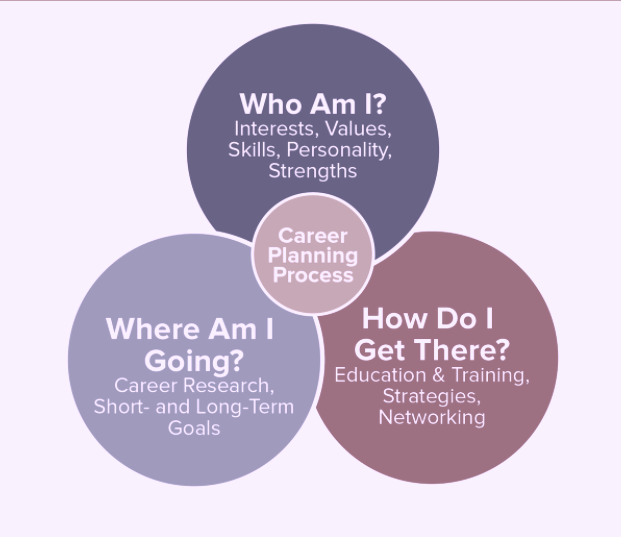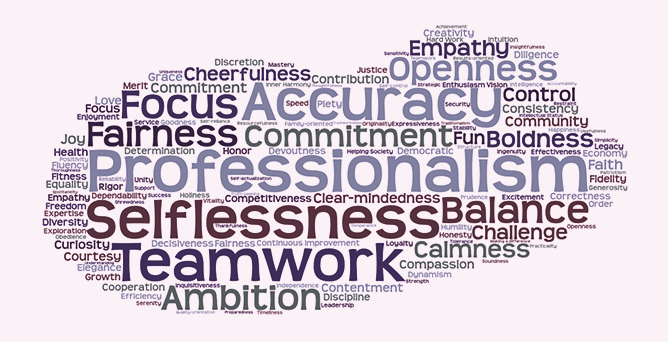Hi, there lovely people, does the word ‘networking’ strike fear in your heart? If yes, well, you’re not alone. Let me tell you about my delightful client, Norm. Sweet and shy, a man of the monosyllable, a man who, at the word ‘networking’, suddenly developed an extraordinary fascination with the exit door. The conversation went thus:
Norm: ‘Not comfortable talking to strangers, don’t even talk to my wife, don’t know any people, don’t like to invade other people’s privacy.’
Jane: Norm, you’re not alone; the concept of networking strikes fear in many a heart. Can I give you a little reassurance, though? None are entirely accurate so let’s address those worries ok? And when I’m finished, you’ll be saying, ‘Networking? I’ve got this!’
Norm: Ermmm...(not sure he actually heard me – something to do with those glazed eyes)
I’m not comfortable talking to strangers…
Networking isn’t about talking to strangers; that’s cold calling. Networking is simply talking to your friends and the friends you’ve not yet met. Having a chat, getting and giving advice, sharing information, and being introduced to other people. Still sceptical?
I don’t know many people…
Just say you’ve moved to a brand new town. Your new neighbour leans over the fence to welcome you. An hour later, you’ve learned the name of the best hairdresser, doctor, dentist, the fastest way to the beach, closest supermarket, and the worrying traits of the dog over the road. You’ve made a friend, and you’ve secured a raft of helpful info thanks to asking a couple of questions. That was informal networking.
I’m too shy…
 Are you comfy chatting to fellow work colleagues and clients? What about family members, that bloke beside you yelling ‘carn tigers!’ at the footy, the guys busting beers by the BBQ, the girls supping champers in the kitchen, the fellow school drop-off Mums and Dads? All beautiful fonts of knowledge. And these people know other people. Considering the six degrees of separation concept, I call our city 1.5 degrees!
Are you comfy chatting to fellow work colleagues and clients? What about family members, that bloke beside you yelling ‘carn tigers!’ at the footy, the guys busting beers by the BBQ, the girls supping champers in the kitchen, the fellow school drop-off Mums and Dads? All beautiful fonts of knowledge. And these people know other people. Considering the six degrees of separation concept, I call our city 1.5 degrees!
The folk I know can’t help me…
Would it surprise you that up to 85% of jobs are found through networking, according to research by PayScale? An example…
I urgently needed to employ six new team members. The time taken to advertise, cull applications, phone screen, conduct background research, interview and finally, make a job offer was not an option. Instead, I reached out to my LinkedIn network, fellow team members and friends and, within three weeks, had my new additions on-boarded. Each came highly recommended, reinforcing that it’s all about the ‘people who know you, know what you do and can speak well of both.’
I don’t like to invade other people’s privacy…
I’ve found that most people want to help you; they were once in your shoes, and they remember who helped them when they needed advice and guidance. From finding a new job to moving ahead in our existing, networking should play a massive part in our career paths.
I don’t know how to network…
It’s simple: find a good friend, pick up the phone, organise a catch-up, and have a coffee or a beer after work – informal networking right there.
 For those in the job market, reassure your friend that you don’t expect them to know of a job for you, merely that you’d like to benefit from their advice and guidance. Focus your conversation on getting the advice and information you need (don’t forget to reciprocate) and ask for referrals, ‘who else would you recommend I chat to?’ Afterwards, send a thank you note and an invitation to connect on LinkedIn so that you both stay on each other’s radar and then keep them in the loop as you progress.
For those in the job market, reassure your friend that you don’t expect them to know of a job for you, merely that you’d like to benefit from their advice and guidance. Focus your conversation on getting the advice and information you need (don’t forget to reciprocate) and ask for referrals, ‘who else would you recommend I chat to?’ Afterwards, send a thank you note and an invitation to connect on LinkedIn so that you both stay on each other’s radar and then keep them in the loop as you progress.
Spending a little time putting yourself out there through networking can help you gain more visibility, particularly with those who have decision-making capacity so go for it. Back to Norm…
Norm: I suppose I could start with my friend Martin and may test out my commercial with him?
Jane: Great idea, Norm! And you might even want to ask him if he knows anyone you should be talking to in the companies you’re targeting?
Norm: Steady on, Jane!
Jane: Have fun building those new friendships, Norm. Oh, and did you know that you’re building social capital when networking, which increases your emotional IQ. And this is often listed as the No. 1 most valuable career skill.
Three weeks later…
Norm: (excited phone call): Jane! I just received a job offer! My meeting with Martin really relaxed me, he introduced me to someone else, and it went from there. Thanks so much for convincing me to give it a go.
Jane: (thought bubble – Norm, that’s the most words you’ve ever shared) This is brilliant news, Norm, congratulations! Let’s go celebrate over a (network) coffee!


 Like fashion, resumes change, and if you’re not keeping up with the changes, your resume will go straight to the ‘no’ pile. What’s more, ‘old school’ resumes will ‘age’ you, show that you’re not up to date and potentially make you a less desirable candidate.
Like fashion, resumes change, and if you’re not keeping up with the changes, your resume will go straight to the ‘no’ pile. What’s more, ‘old school’ resumes will ‘age’ you, show that you’re not up to date and potentially make you a less desirable candidate.



